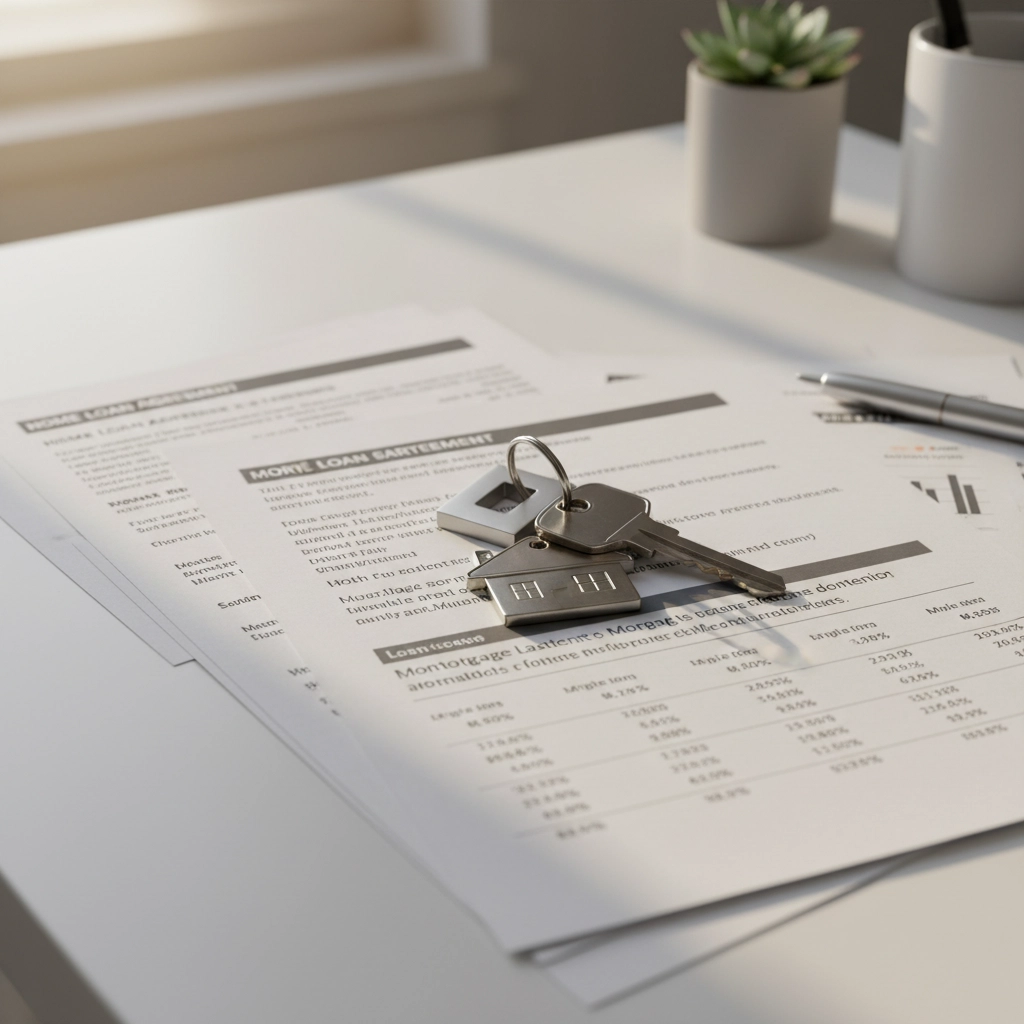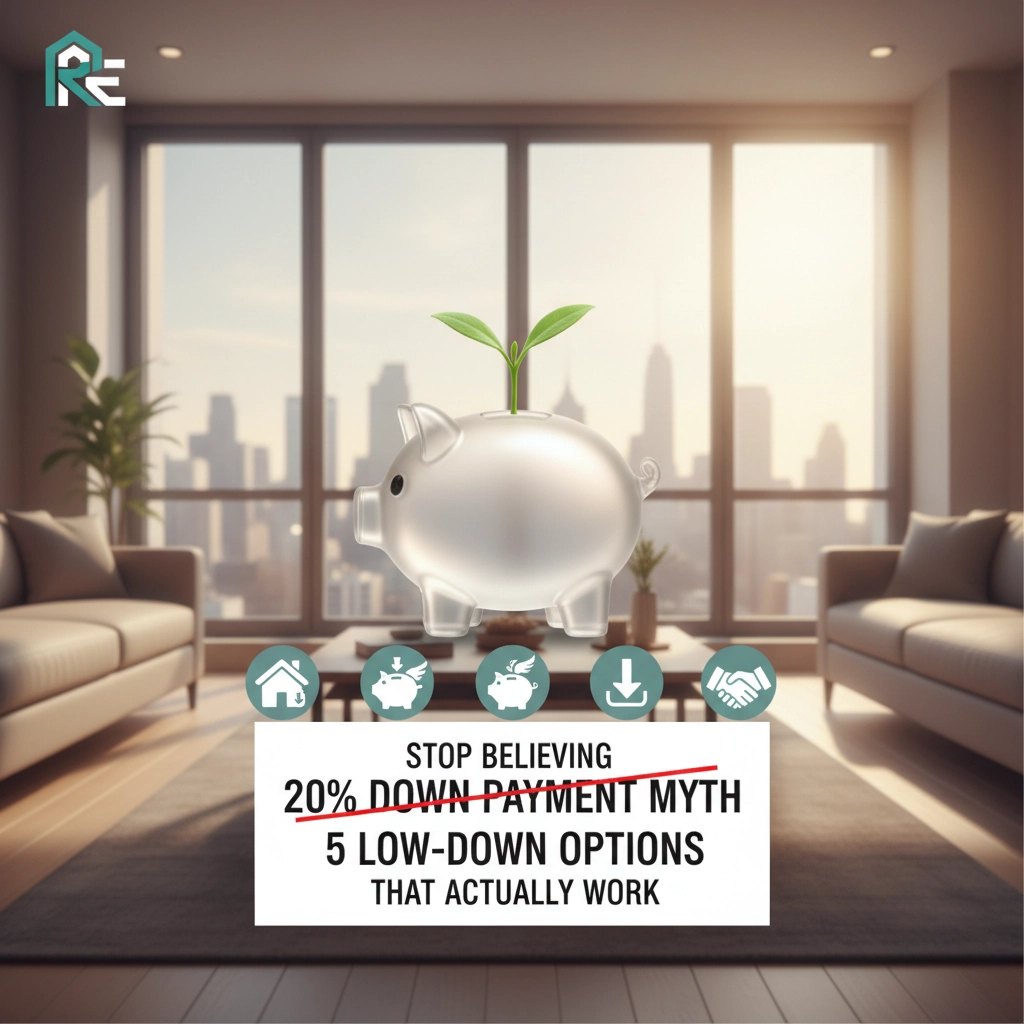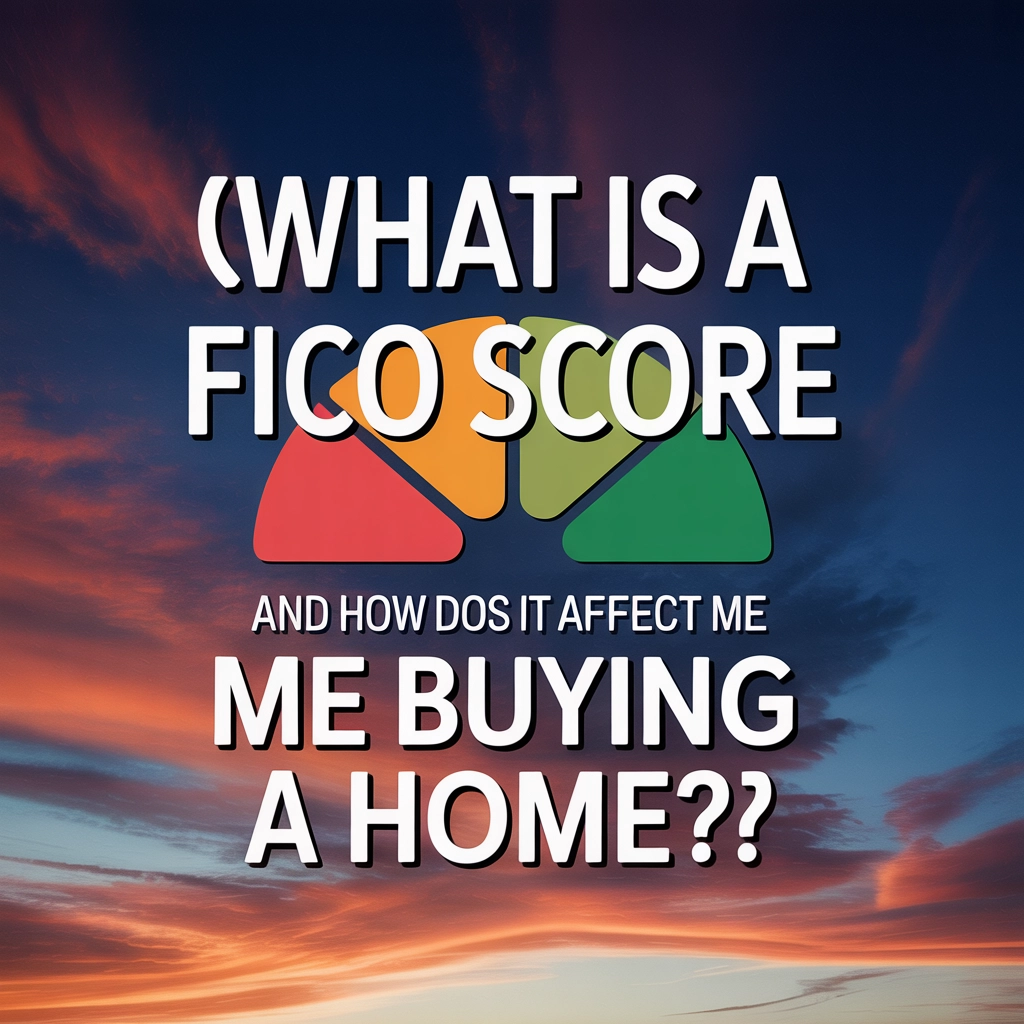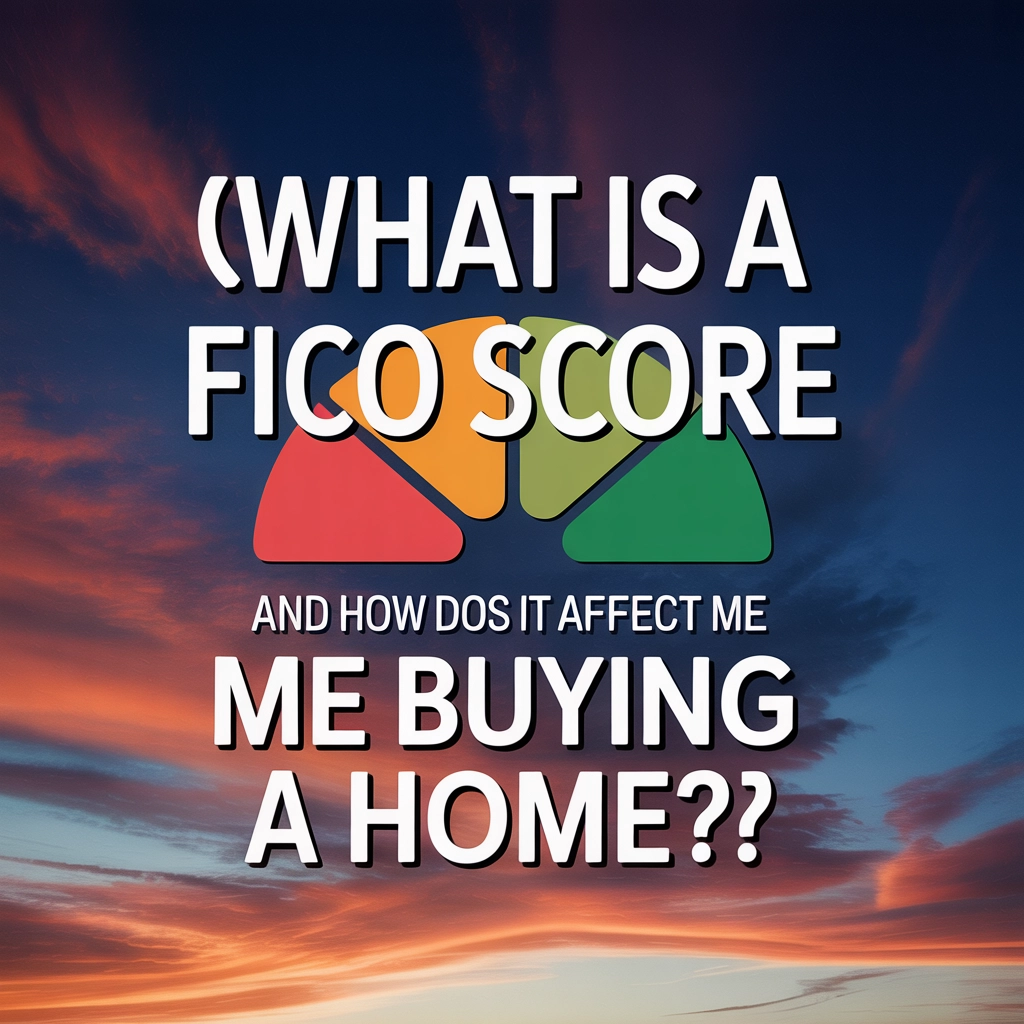Let me guess, you've been saving for years, watching that down payment fund grow painfully…
Stop Believing the 20% Down Payment Myth: 5 Low-Down Options That Actually Work
Let me guess, you've been saving for years, watching that down payment fund grow painfully slowly while home prices seem to climb faster than your savings account balance. You've probably heard from well-meaning relatives, friends, or even some outdated financial advice that you absolutely must have 20% down to buy a home.
Well, I'm here with some great news: that's complete nonsense.
The 20% down payment "requirement" is one of the biggest myths keeping perfectly qualified buyers on the sidelines. In reality, there are numerous programs designed to help you get into a home with much less money upfront. Let me walk you through five real, practical options that could have you holding house keys sooner than you think.
The Truth About Down Payments
Before we dive into the options, let's address the elephant in the room. Yes, putting 20% down has its perks, you'll avoid private mortgage insurance (PMI), get lower monthly payments, and sometimes snag better interest rates. But here's what the "20% or bust" crowd doesn't tell you: the median down payment for first-time homebuyers is actually around 6-7%, according to recent industry data.
That means the majority of people buying their first homes aren't putting down anywhere near 20%. So why should you wait years longer when you could be building equity in your own place right now?

Option 1: Conventional Loans with 3% Down
Here's where things get interesting. Fannie Mae and Freddie Mac, the government-sponsored enterprises that back most mortgages, offer several programs requiring just 3% down. These include:
Conventional 97: The most straightforward option, allowing 3% down for qualified borrowers.
HomeReady: Designed for moderate- to low-income borrowers with flexible qualification requirements. Plus, you can count rental income from boarders or family members toward your qualifying income.
Home Possible: Freddie Mac's version, similar to HomeReady but with slightly different qualification criteria.
Who qualifies? Generally, you'll need a credit score of at least 620, though some lenders may go lower. Income limits may apply depending on your area and the specific program.
The catch? You'll pay PMI, which typically runs 0.3% to 1.5% of your loan amount annually. But here's the silver lining, once you reach 80% loan-to-value ratio (either through payments or home appreciation), you can request PMI removal.
Option 2: FHA Loans – The 3.5% Champion
FHA loans are the workhorses of the low-down-payment world, and for good reason. With just 3.5% down, you can get into a home even if your credit isn't perfect.
The details: If your credit score is 580 or higher, you only need 3.5% down. Credit score between 500-579? You can still qualify with 10% down, which is still half of that mythical 20%.
Who qualifies? FHA loans are pretty forgiving. They'll accept:
- Credit scores as low as 580 (or 500 with 10% down)
- Higher debt-to-income ratios than conventional loans
- Down payment gifts from family members
- Alternative credit histories if you don't have traditional credit
The trade-off is mortgage insurance, you'll pay an upfront premium (1.75% of the loan amount) plus annual premiums. But honestly, when you're getting into homeownership years earlier, it's often worth it.
Option 3: Ultra-Low 1% Down Programs
Now we're talking. Some lenders have gotten creative with programs that require as little as 1% down from you, the buyer.
How it works: Programs like Rocket Mortgage's ONE+ take a HomeReady or Home Possible loan (which normally require 3% down) and provide a 2% down payment credit, leaving you to contribute just 1%.
The catch: These programs often have income limits and may require you to complete homebuyer education courses. But let's be real, if someone's willing to help you get into a home with 1% down, taking a weekend course seems like a pretty good deal.
Who qualifies? Requirements vary by lender, but generally you'll need:
- Good credit (usually 640+)
- Stable income within program limits
- Primary residence (no investment properties)
- Completion of approved homebuyer education
Option 4: Good Neighbor Next Door – Up to 50% Off
This one's specifically for public servants, but if you qualify, it's absolutely incredible. The Good Neighbor Next Door program offers law enforcement officers, teachers, firefighters, and emergency medical technicians up to 50% off the list price of eligible homes.
How it works: HUD provides a significant discount on homes in designated areas. You'll need to use an FHA loan, live in the home for at least three years, and the property must be your primary residence.
Who qualifies?
- Full-time teachers (pre-K through 12th grade)
- Law enforcement officers
- Firefighters
- Emergency medical technicians
The program isn't available everywhere, and inventory can be limited, but if you're in one of these professions and there are participating properties in your area, this could be life-changing.
Option 5: VA Loans – The Ultimate Zero-Down Option
If you've served our country, this one's for you. VA loans require absolutely no down payment, that's 0%, not a typo.
The benefits are unmatched:
- No down payment required
- No PMI ever
- Competitive interest rates
- Flexible credit requirements
- Can be reused multiple times
Who qualifies? Active-duty service members, veterans, and eligible surviving spouses. You'll need a Certificate of Eligibility from the VA, but the qualification requirements are generally more flexible than conventional loans.
There is a funding fee (usually 2.3% for first-time use with no down payment), but it can be rolled into your loan amount. Plus, veterans with service-connected disabilities may be exempt from the funding fee entirely.
Making Sense of PMI and Mortgage Insurance
I know what you're thinking, "But Steven, what about all this mortgage insurance?" Let me put it in perspective.
Yes, you'll pay mortgage insurance with most low-down-payment options. But consider this: if you're paying $200 monthly in PMI while building equity in your own home versus paying $1,500 in rent with zero equity building, which makes more financial sense?
Plus, with conventional loans, PMI is removable once you reach 80% loan-to-value ratio. FHA mortgage insurance is trickier to remove, but if you refinance to conventional once you have 20% equity, you can eliminate it entirely.
State and Local Programs – The Hidden Gems
Don't forget to check what's available in your specific area. Many states, counties, and cities offer first-time homebuyer programs with:
- Down payment assistance grants
- Low-interest second mortgages to help with down payments
- Tax credits
- Closing cost assistance
These programs often have income limits and may require homebuyer education, but they can provide thousands in assistance. Check with local housing authorities or visit our loan options page for more information about what's available in your area.
The Bottom Line: Stop Waiting, Start Planning
Here's the reality check: if you're waiting to save 20% down, you might be waiting forever. Home prices have been rising faster than most people can save, which means that 20% target keeps moving further away.
Meanwhile, you're paying someone else's mortgage through rent, missing out on:
- Building equity with every payment
- Potential home value appreciation
- Tax benefits of homeownership
- The pride and stability of owning your own place
The key is working with a knowledgeable loan officer who can evaluate your specific situation and find the best program for your needs. At Affinity Group Mortgage, we specialize in helping buyers navigate these options and find the path to homeownership that makes sense for their financial situation.
Don't let the 20% down payment myth keep you renting longer than necessary. With credit scores in the mid-600s and a stable job, you could be a lot closer to homeownership than you think. Ready to explore your options? Get a quote today and let's see what's possible.
The 20% down payment myth has kept too many qualified buyers on the sidelines for too long. It's time to stop believing it and start believing in yourself: and in the very real, very accessible programs that can get you into a home with a lot less money down than you ever thought possible.






